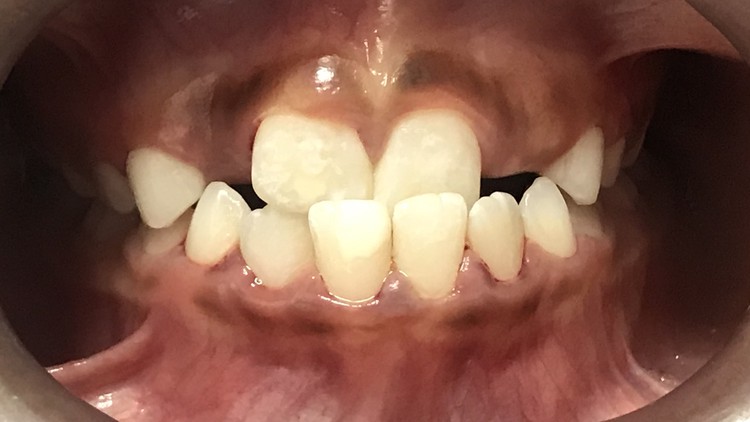Classify Malocclusion & Use of IOTN Index in Clinal Practice

Why take this course?
🦷 Master How to Classify Malocclusion & Use IOTN Index: Course Description
Introduction to Occlusion and Its Importance
Occlusion is a critical aspect of dental health, significantly influencing not only the aesthetics of a person's facial profile but also their oral health. When occlusion deviates from the ideal, it can lead to various issues that orthodontic treatments aim to correct. In this comprehensive course, we delve into the fundamental concepts required for dental professionals to accurately classify malocclusions. We will also explore the use of the Index of Orthodontic Treatment Need (IOTN) to grade the severity of these issues.
Understanding Malocclusion Classification
Malocclusion is broadly categorized into three classes according to Edward Hartley Angle's classification system:
-
Class I Malocclusion: Characterized by an overlap of the upper teeth over the lower teeth, with a normal bite. This category can be further divided into three types based on the specific positioning of the teeth and arches.
- Type I: The teeth angle toward the tongue.
- Type II: Narrow arches with upper teeth sticking out and lower teeth leaning inward.
- Type III: Upper front teeth also angle toward the tongue with crowding present.
-
Class II Malocclusion: Identified by an overbite where the upper teeth significantly protrude over the lower teeth. This category is divided into two divisions:
- Division 1: The upper teeth are angled towards the lips.
- Division 2: The upper central incisors are angled towards the tongue, affecting the overall bite alignment.
-
Class III Malocclusion: Characterized by an underbite where the lower teeth stick out farther than the upper teeth. Angle further classified this malocclusion into three types based on the overall tooth and arch alignment.
- Type I: The teeth alignment is generally good, but there is an abnormal shape to the arch.
- Type II: The upper front teeth alignment is fine, but the lower front teeth lean towards the tongue.
- Type III: The upper arch is underdeveloped, and the lower teeth have good alignment, with the upper front teeth leaning towards the tongue.
The Art of Classifying Malocclusion
🔍 Classification of the Malocclusion
Proper classification of malocclusion is a cornerstone in orthodontic diagnostics. It provides a clear framework for understanding the specific issues at hand, which is essential for planning and executing successful treatment outcomes. The IOTN index is an indispensable tool in this process, helping us to quantify the level of treatment need.
By mastering these classification systems, dental professionals can accurately pinpoint the cause of malocclusion, especially when those causes stem from habitual behaviors like thumb-sucking or mouth breathing that may need to be addressed prior to orthodontic intervention.
Conclusion: The Pathway to Correct Malocclusion
Understanding and applying the principles of malocclusion classification is a pivotal step in the path toward achieving optimal dental health for patients. This course, guided by the expertise of Dr. Saima Hirjic, will equip you with the knowledge and skills needed to confidently classify and grade malocclusion using the IOTN index, setting the stage for successful orthodontic treatments and outcomes.
🎓 Embark on this educational journey today and become proficient in the classification of dental occlusions, laying the foundation for a rewarding career in dental and orthodontic care!
Loading charts...